Born with half a heart, this first grader wants to be a pediatric surgeon
By Deborah Lynn Blumberg, American Heart Association News
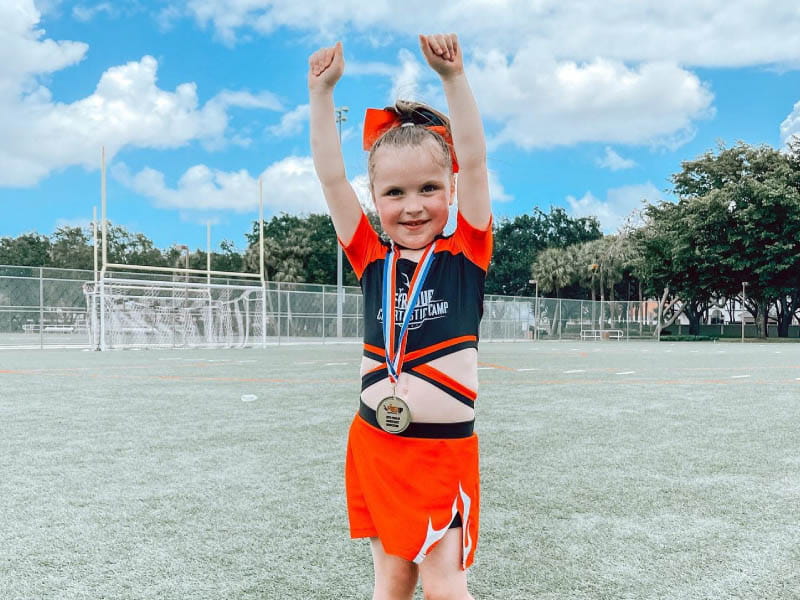
Before Stephanie and Brennen Lewis could host the baby gender reveal party they were planning for family and friends, they had an ultrasound appointment to attend. They were eager for another glimpse of their first baby.
The technician looked at the baby's bones, brain and major organs. The test included a scan of the baby's heart. It didn't look right.
Stephanie's doctor referred her to a pediatric cardiologist right away. That same day, she had a fetal echocardiogram, which took pictures of the baby's heart. Afterward, the doctor sat the couple down.
"This is a normal heart," he said, pointing to the drawing he'd sketched on a dry erase board. "And this is your baby's heart."
Their daughter had hypoplastic left heart syndrome. It's a rare congenital heart defect where the left side of the heart is significantly underdeveloped and can't pump blood well.
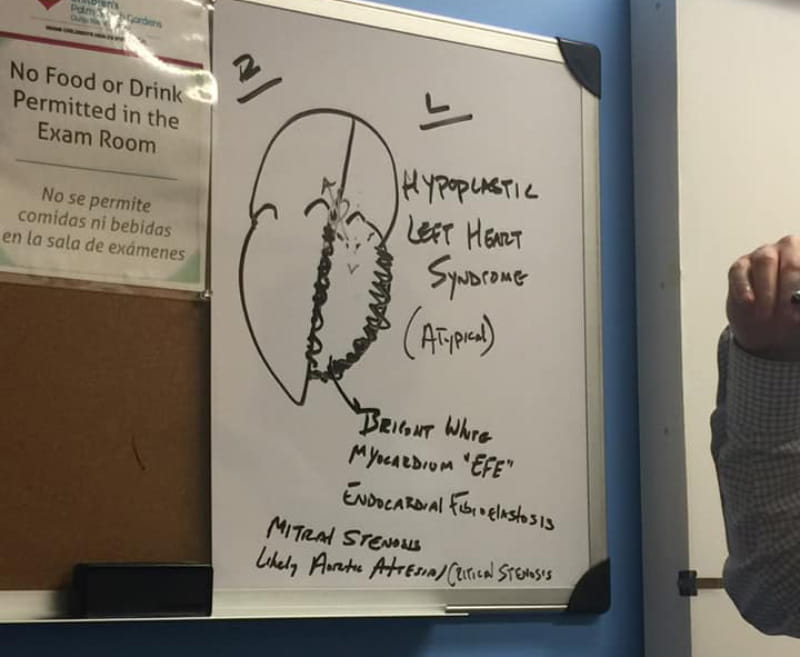
Babies born with the syndrome typically need a series of surgeries after birth. The Lewises would have to wait for their baby to grow to see how severe her case might be.
Stephanie was speechless. Tears flowed down her face.
That night at dinner with Brennen's parents, Brennen encouraged Stephanie to stay optimistic.
"Let's keep planning the gender reveal," he said.
The next several months brought regular echos and scans of the baby. Stephanie was petrified of what condition her daughter would be in at birth.
Doctors at their hospital in West Palm Beach, Florida, suggested delivering the baby at a hospital in Miami that would be better equipped to care for the newborn. The Lewises opted to deliver in the more familiar setting of their local hospital, then be transported as necessary.
Stephanie delivered McKenna via cesarean section. She held her daughter on her chest for a fleeting moment, then doctors put a tube in the baby's throat to help her breathe.
Brennen rode with McKenna in an ambulance to a nearby airport. They took a medical flight helicopter to Miami.
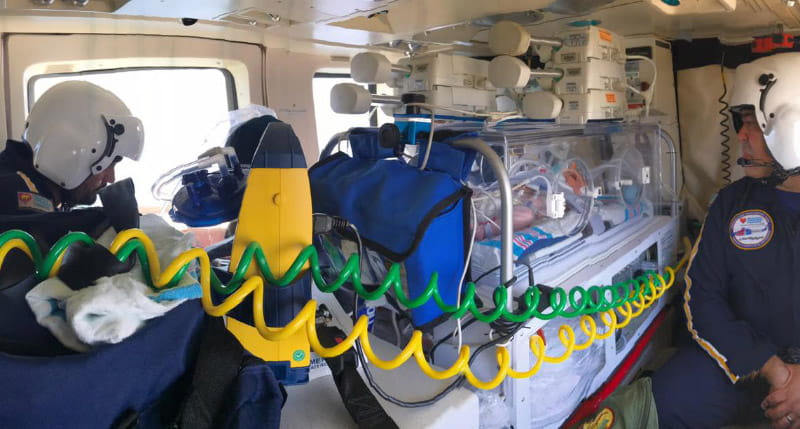
Brennen FaceTimed Stephanie with updates for two days, until she was healthy enough to join them. McKenna would need a series of three open-heart surgeries. On McKenna's fifth day, she underwent her first.
Stephanie and Brennen fell asleep on each other as doctors worked on their daughter's heart for seven hours. The procedure redirected the flow of blood away from the problematic left side, so the right side of her heart could pump blood to both her lungs and the rest of her body.
Meanwhile, genetic testing was done. It didn't explain what caused the defect.
Two weeks later, Stephanie and Brennen got to hold their baby. During their hospital stay, they watched Hurricane Irma sweep through the city from their room. A month after surgery, mom, dad and McKenna went home.
Of course, this wasn't the newborn experience they'd dreamed of having. The Lewises were in "survival mode."
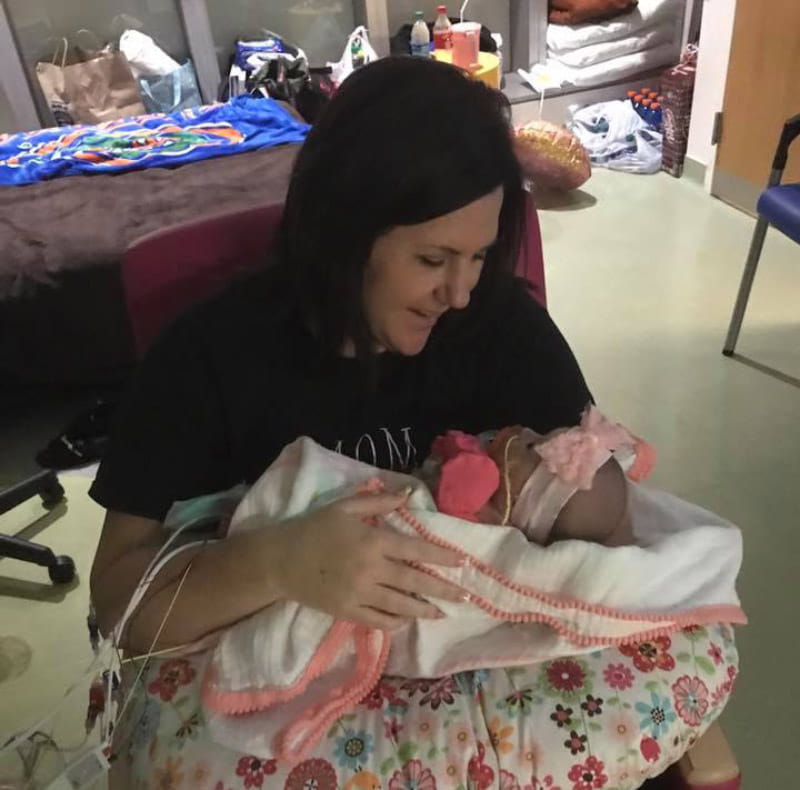
Stephanie and Brennen followed a binder full of instructions. There were multiple medicines to give, daily weight checks, and weekly doctor appointments with echos, X-rays and bloodwork. They had a nurse on speed dial and let their local fire and rescue squad know about McKenna in case of an emergency.
At two and a half months, they returned to the hospital. Doctors ran tests to see if McKenna was ready for a second surgery, which would reroute blood in another way, reducing the strain on the right ventricle. It turned out she needed it right away.
McKenna recovered nicely. Family life settled into enough of a groove that, around her second birthday, she became a big sister to a healthy baby boy named Declan.
About six months later, McKenna had her third surgery. The procedure finished the rerouting, this time ensuring all of the oxygen-poor blood returning from the body flows to the lungs.
Finally, Brennen began releasing the stress he'd been carrying since learning his daughter needed not one, not two, but three open-heart surgeries.
"I definitely got a lot of gray hairs," he said.
Then Brennen shifted careers. He left his family's business to pursue his dream of a career in law enforcement. He's an officer in his county's sheriff's office.
Now, McKenna is a happy and healthy 7-year-old. She wants to be a pediatric surgeon when she grows up. She wrestles with her younger brother, rides her scooter with abandon, and loves cheerleading and gymnastics.
"I like the rope, but my favorite part is the balance beam," McKenna said.
On Christmas Eve, McKenna took her first plane flight. The family flew to Canada to see Stephanie's parents. "It was a total surprise for the kids," Stephanie said. It was also their first time seeing snow.
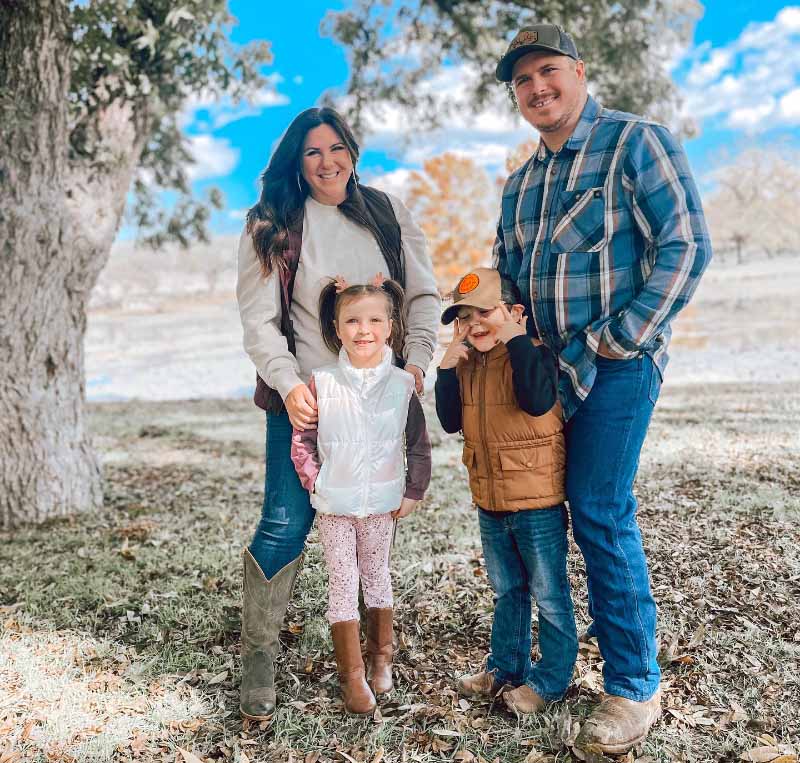
McKenna sees her cardiologist once a year and takes medications to keep her heart rhythm and blood pressure steady. Her medicines can be hard on the kidneys, and McKenna gets muscle cramps and dehydrated.
"She'll always have a single ventricle, and there are still obstacles," Stephanie said, "but they're manageable."
Most important now is for McKenna to stay active to build muscle, eat healthy and be well hydrated. If her heart function declines, the next step is a heart transplant.
But she could also never need one.
At school, McKenna is surrounded by supportive classmates and teachers. When the Lewises signed up for their local American Heart Association Heart Walk, they had team shirts made. On McKenna Day at school, her fellow first graders wore the shirts. This year, McKenna is a national AHA Heart Walk ambassador.
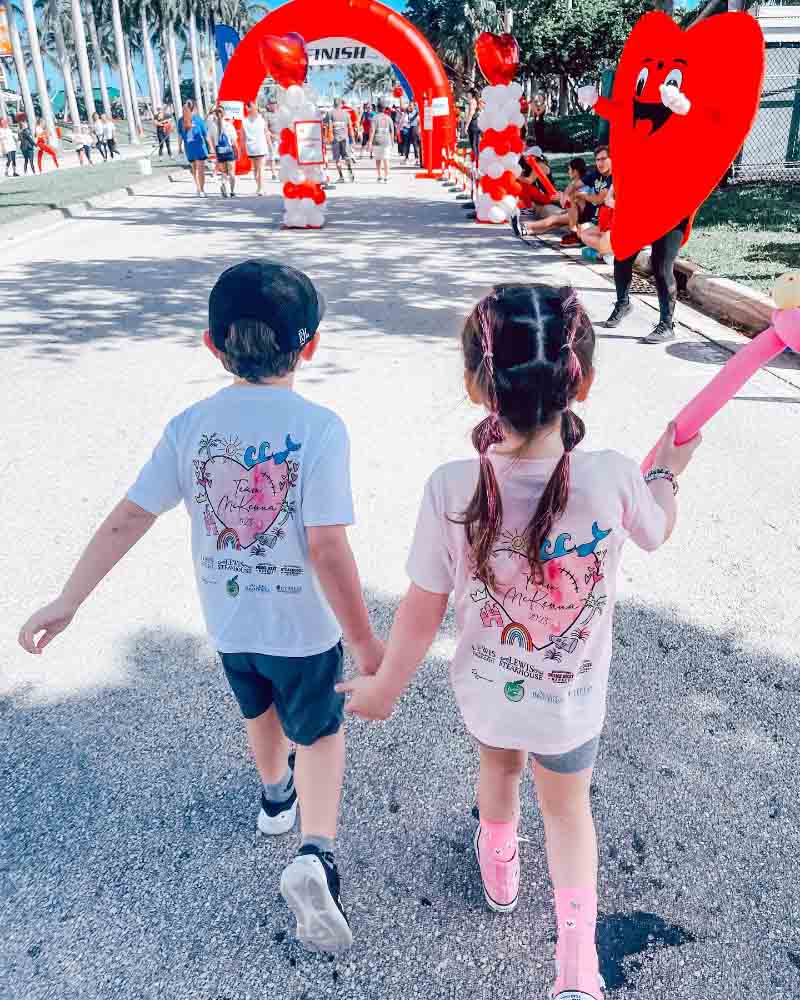
For now, the Lewises take comfort in the fact that there are women born with McKenna's condition now in their 20s and 30s who have their own children.
"Back in the '80s, some of these kids never made it out of the delivery room," Stephanie said. "Because of advances in heart care, there's a long horizon ahead for McKenna."
Stories From the Heart chronicles the inspiring journeys of heart disease and stroke survivors, caregivers and advocates.





